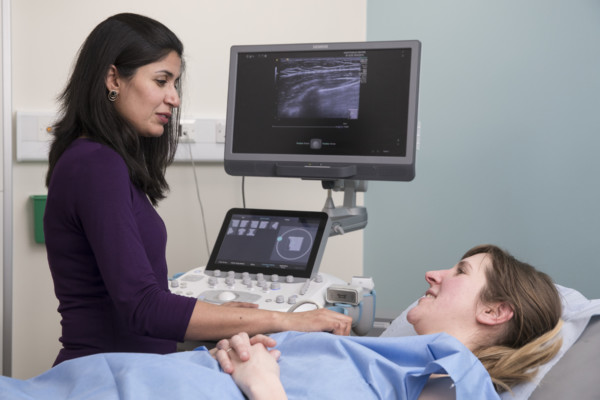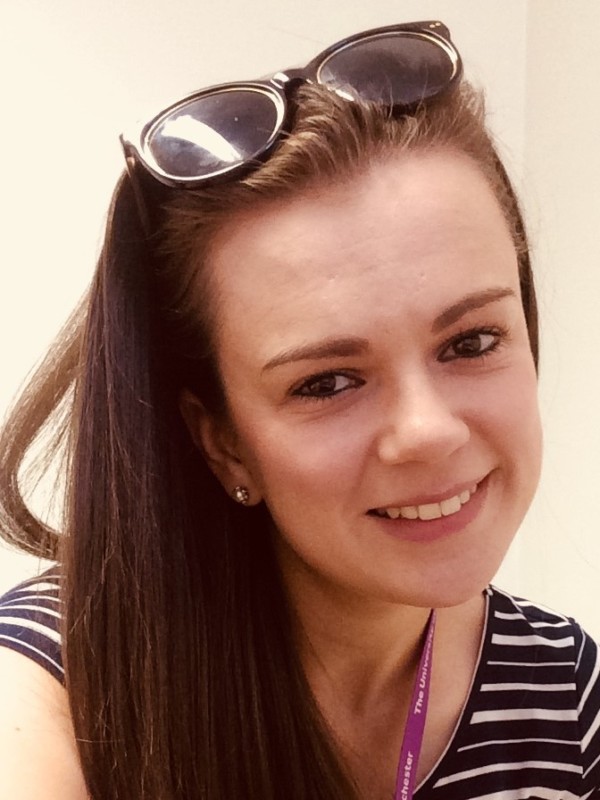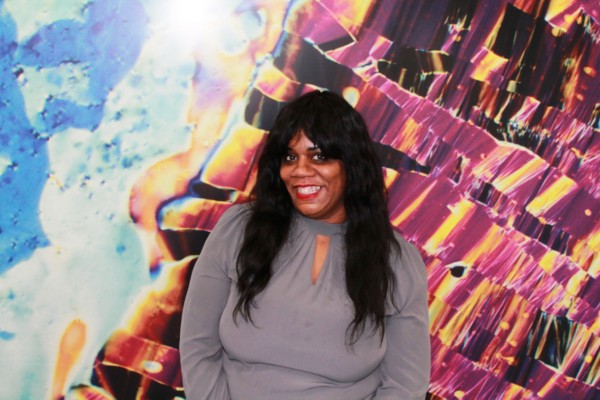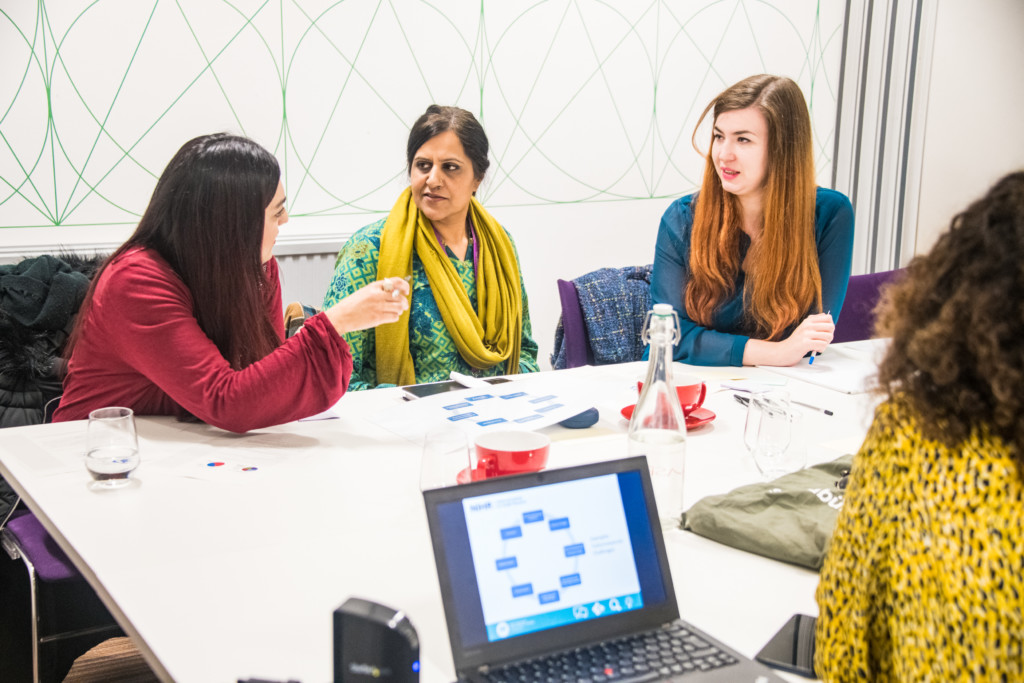Addressing inequalities – personalised breast cancer screening and views from British-Pakistani women – Vicky Woof
NIHR Manchester Biomedical Research Centre (BRC) is committed to delivering inclusive research that delivers health improvements and lasting change for all.
As Manchester BRC researchers are improving breast cancer screening for women we are also looking at how this is addressing health inequalities for women from Black and Minority Ethnic (BAME) communities.
With the UK’s aging population, research into cancer prevention and early detection is key to reducing the number of people set to develop the disease in the years to come.
Breast cancer is the most common cancer in the UK, with over 55,000 women diagnosed each year – or 151 every day. Breast screening services are key to detecting the disease early, when it’s more treatable.

NIHR Manchester BRC’s BC-Predict study, led by Professor Gareth Evans, BRC Cancer Prevention & Early Detection Theme Lead, and Professor David French, Professor of Health Psychology at The University of Manchester, is exploring how to provide women with personalised information about their risk of breast cancer.
Addressing inequalities in breast screening – together
In the UK only around 71 per cent of eligible women take up their breast screening invitation. Researchers want to better understand the reasons why some women chose not to attend, and how to ensure screening is more accessible to more women from BAME communities and deprived areas.
Vicky Woof, Research Assistant at the Manchester Centre for Health Psychology, has led research into the barriers faced by British-Pakistani women accessing breast screening.

She said:
“Research suggests that South Asian women, particularly British-Pakistani women, are less likely to take up their mammogram (breast screening) appointments. Many of these women live in some of the most deprived areas, and there remain multiple barriers to screening, including language and cultural barriers, accessibility to information in their preferred language, and misunderstandings around the terminology and purpose of screening.
“Breast Screening services need to accommodate the needs of as many women as possible, regardless of their background, ethnicity or where they live. By researching this, we can make sure services aren’t just adopting a one-size-fits-all approach.”
Tracy Grey, Health Inequalities Secretariat and Project Manager, Communities and Inclusion, for VOCAL (hosted by Manchester University NHS Foundation Trust), said:
“Clinical research needs to address the specific needs or concerns from BAME communities, so that we can close the gap between the many health inequalities experienced by these communities and the wider population.
“A recent survey of our BAMER Research Advisory Group shows our members want better communication and education of clinical research, and more opportunities to participate in studies.”

Personalising approaches to breast screening
As part of a sub-study to BC-Predict, Vicky’s latest research explored how these women feel about personalised risk information, and how services could address specific needs for these communities.
Working with 19 British-Pakistani women from East Lancashire – one of the trial areas for BC-Predict – she summarises some of her key findings:
- Attitudes towards risk awareness
“The women we interviewed all wanted to know their personalised cancer risk, and said it would make them more aware of the lifestyle choices they could make to reduce their risk and encourage them to attend future screenings.” - Anticipated barriers to accessibility
“BC-Predict uses an online questionnaire to ask women about their family history and lifestyle. This was a concern for these women.”Like many women in this community, those we interviewed did not speak English as their first language or had limited fluency. Some could not read and write in English or use a computer. Many said they’d like the questionnaire to be available in paper in their own language if possible, as this would reduce embarrassment and difficulties in asking friends of relatives to help assist them or translate highly personal information.“Similarly, much of the communication with screening services, such as invites and results, is still done by letter, and it is only recently that services have begun to ask to record ethnicity and ask patients/service users their preferred language.”
- Acceptability of risk communication
“Another area of exploration were the methods of informing women of their risk, with many women preferring to have their results from a healthcare professional rather than letter.“Having the opportunity to contact a healthcare professional about their results, particularly if they were at high-risk, was important to them. Some women felt it would be better for their GP to deliver their results and discuss these with them first, which would help answer any questions they might have and reduce distress.”

VOCAL BAMER Advisory Group
Improving breast screening for all
While BC-Predict will run until June 2021, this sub-study is already being used to inform the programme and make recommendations to change national screening services, particularly to encourage screening uptake among BAME women.
Vicky said: “As well as having materials available in different languages, many women weren’t aware they could have a translator attend appointments with them, or even that mammograms are done only by female staff. This is something we’ve already made clearer in invite letters.
“Further research is taking place with GPs on how they could provide women with feedback about their personalised risk, and how this could work in practice, and what training they might need to support this.
Creating more opportunities for BAME women to learn more about screening and discuss concerns would help build awareness and trust in screening services. These could be regular events at faith or community centres or schools, led by healthcare professionals from a similar background.
In light of COVID-19, Tracey also believes now more than ever for research to address health inequalities. She said:
“The time to act is now and it is crucial that we employ a system-wide approach with partners across the whole screening pathway to address inequality – in access, experience and outcomes of care – in a sustainable way for our diverse communities and those that live in deprived areas.”